City Directories and History: Built in 1914 the property originally belonged to J.E. Sirrine Company of Greenville, S.C.
Pomaria – The Summer family were among the very first settlers in this general area. John Adam Summer, the pioneer of the group, came from Pennsylvania. News of his kindness to the Indians there preceded him by runners and wherever he stopped he received a royal welcome from the natives. These emigrants were attracted, as one of them expressed it, “by the verdure-clad hills and dales” in Newberry District. The region reminded them of the Palatinate in the Rhine Valley, whence they had come.
The material in this article has come largely from “A History of the Summer Plantation, Pomaria” by James Efird Kinard. He is a direct descendant of the Summer family and is now associated with the University of Virginia. This author tells us that William Summer, a great grandson of John Adam, “never married but might be called the father of Pomaria and the Pomaria Nurseries.” He named the place “Pomaria” from the Latin “pomus,” meaning “plants” or “trees.” He used the feminine adjective which is spelled “Pomaria.”
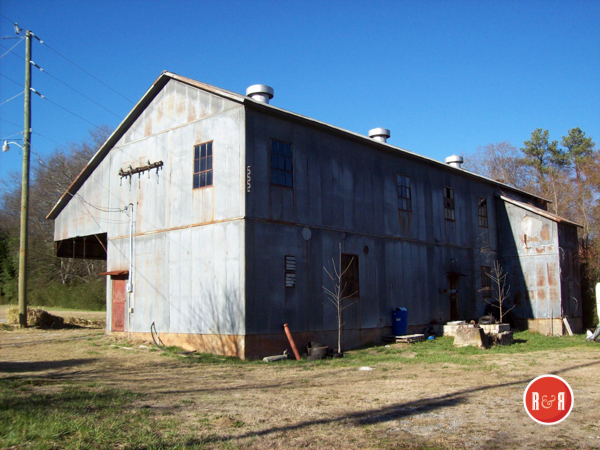
Old Pomaria Gin complex, image by Ann L. Helms – 2018
William s father built the ancestral home, which is a beautifully designed and sturdily constructed dwelling. It is occupied today by members of the Summer family. There stands on the grounds the unique frame dwelling which William erected to serve as the first post office in that section before a railroad came through. It was also a regular stop for the stagecoaches on their way from North Carolina to Charleston. It is believed by the family that John Adam Summer had a large, original grant of land from King George III. The grant has never been found by any living members of the family and it is supposed to have been destroyed when Union soldiers occupied the area during the War Between the States. Mr. Kinard writes: ‘William Summer also operated a large nursery. The nurseries became widely known in South Carolina and in other states, many rare plants being shipped to all parts of the country. Mr. Summer imported rare specimens from Europe and thus started in this country many species that were not native to our shores. It is thought, too, that in some instances he gave new plants through a grafting process. Cedars of Lebanon were imported from the Holy Land and many other foreign plants and shrubs were brought in. Around the present house were five hundred apple trees, five hundred peach trees and five hundred pear trees. One big pear tree, across the road from the house, still remains. Gardeners were hired from Europe.
“The Summer, or Pomaria Nurseries had the reputation of being one of the largest and best in the South. Once when a great niece of William Summer was traveling in Mississippi an old man came to her XI: 53 and asked if she were a ‘Pomaria Summer.* When he learned that William Summer, the nurseryman, was her great uncle, he brought a large basket of apples, pears, and peaches and said that all the Carolina settlers in Mississippi had gotten their fruit trees from the Summer Nurseries. “The magazine, Southern Agriculturist, was edited by William Summer and his brother Adam. Articles in this publication described plants, experiments, crops, etc.”
When the town was located later about two miles from the Summer home at the time the railroad was built, it was given the name which William Summer had selected for the family plantation.
(Information from: Names in South Carolina by C.H. Neuffer, Published by the S.C. Dept. of English, USC)
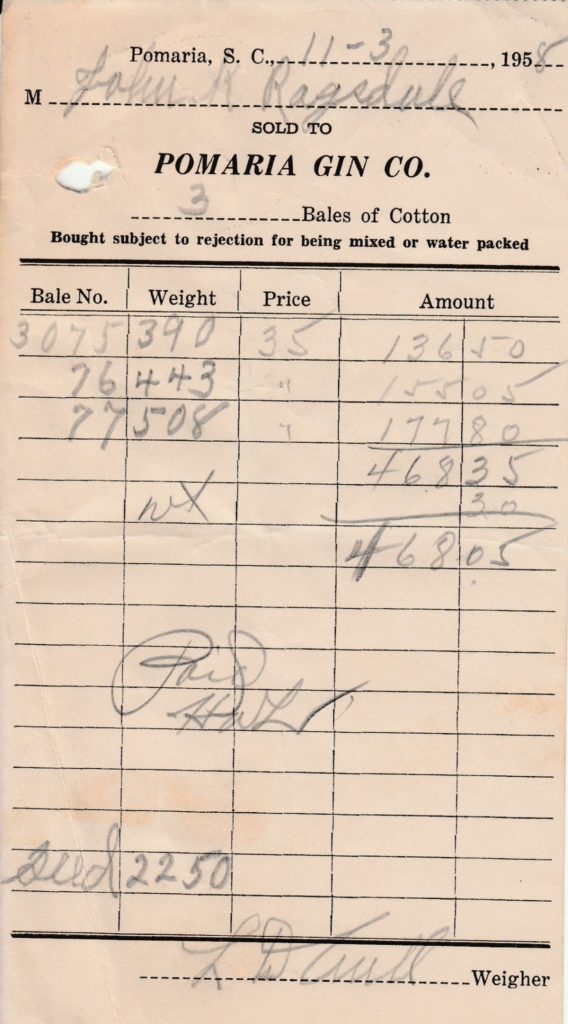
Receipt for cotton purchased from J.K. Ragsdale at Blair, S.C. in 1958. Courtesy of the Ragsdale-Greer Collection, 2016
Stay Connected
Explore history, houses, and stories across S.C. Your membership provides you with updates on regional topics, information on historic research, preservation, and monthly feature articles. But remember R&R wants to hear from you and assist in preserving your own family genealogy and memorabilia.
Visit the Southern Queries – Forum to receive assistance in answering questions, discuss genealogy, and enjoy exploring preservation topics with other members. Also listed are several history and genealogical researchers for hire.
User comments welcome — post at the bottom of this page.
Please enjoy this structure and all those listed in Roots and Recall. But remember each is private property. So view them from a distance or from a public area such as the sidewalk or public road.
Do you have information to share and preserve? Family, school, church, or other older photos and stories are welcome. Send them digitally through the “Share Your Story” link, so they too might be posted on Roots and Recall.
Thanks!
IMAGE GALLERY – 2015
User comments always welcome - please post at the bottom of this page.
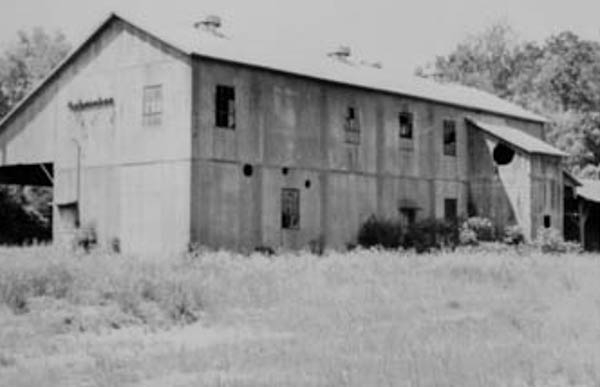
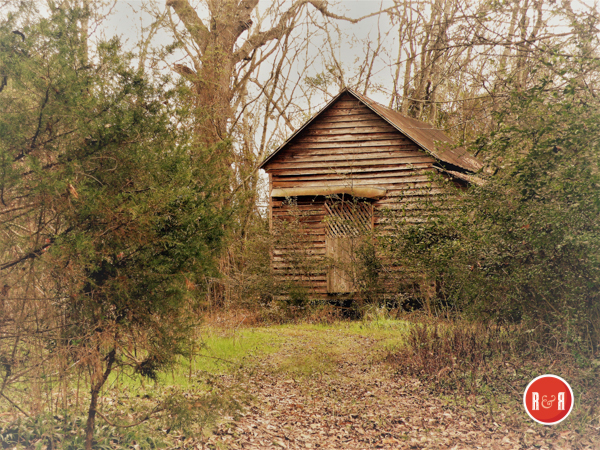
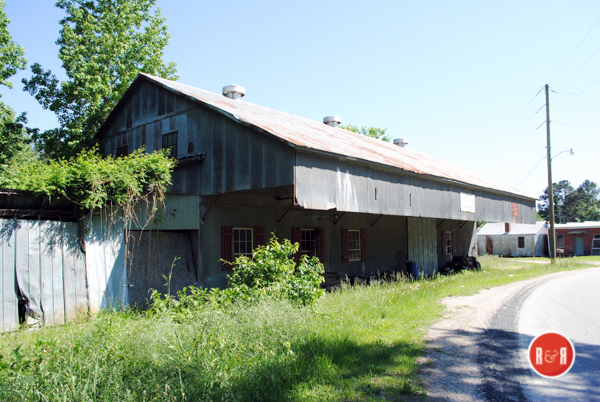 Courtesy of the SC Dept. of Archives and History – 1983
Courtesy of the SC Dept. of Archives and History – 1983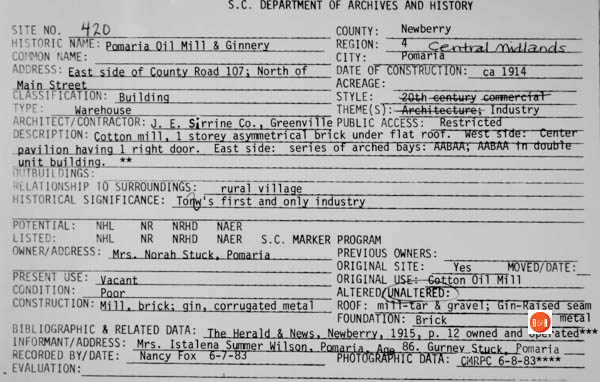
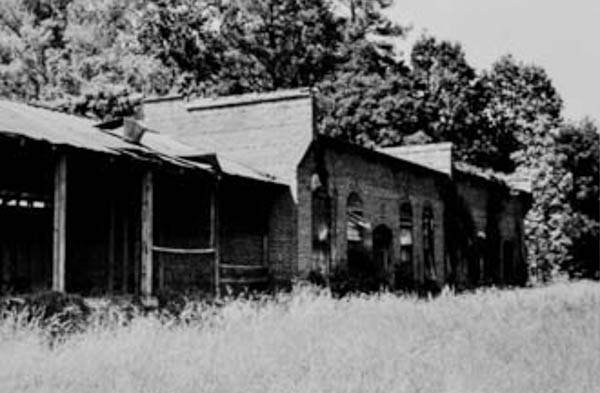
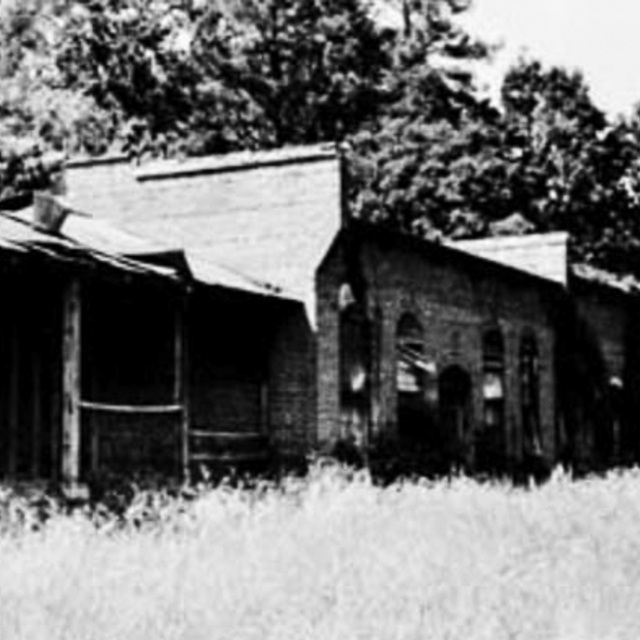
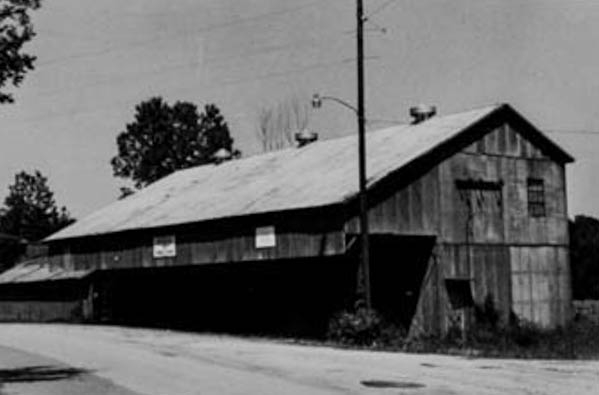
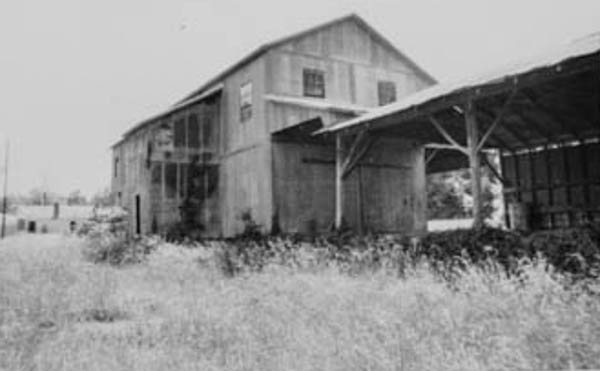
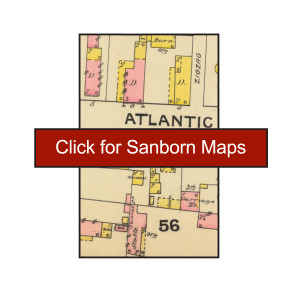
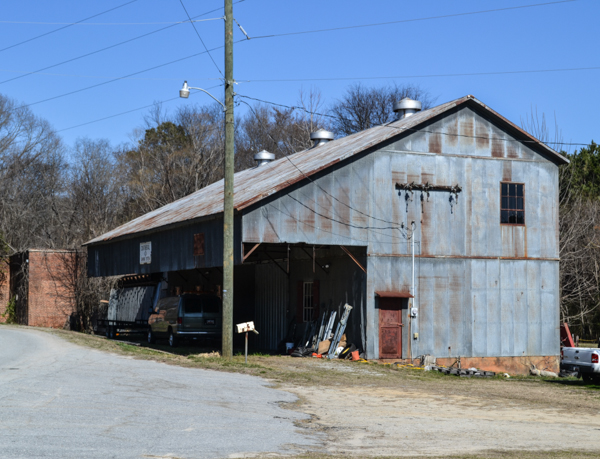
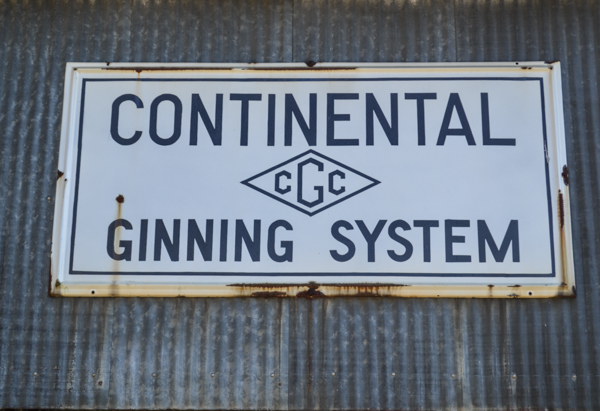
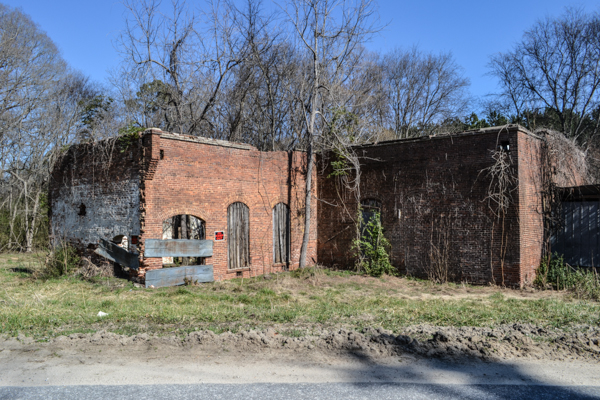

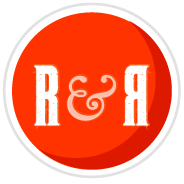
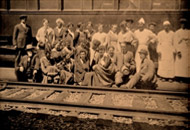
Share Your Comments & Feedback: